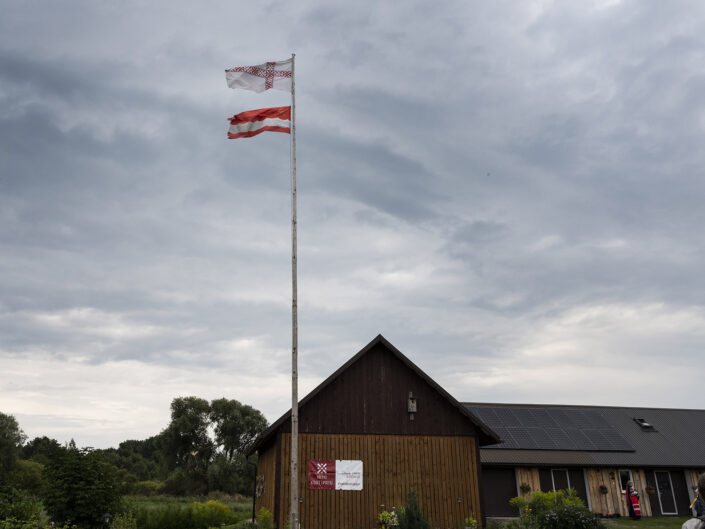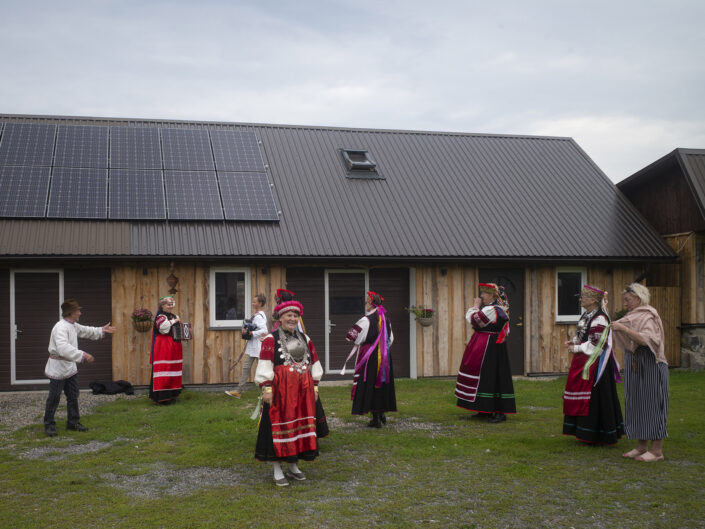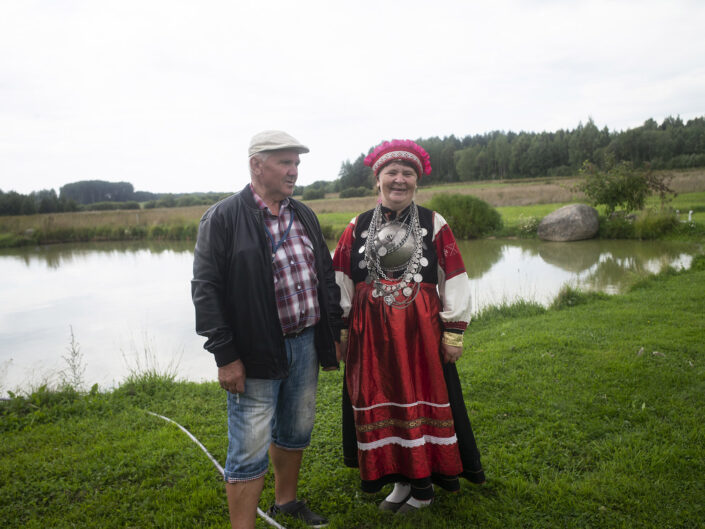








Borders in Setomaa
The Seto community is split between the territorial borders between Estonia and Russia in the southeastern part. The community is spread across the region extending from the south of lake Peipsi to Petseri district in current Russia. Between 1920 and 1940, the assimilation of Setos into mainstream Estonia happened through assistance from the country’s political elites by improving local economic standards and by providing compulsory education in Estonian. During this period, the Orthodox churches in Setomaa adapted Estonian as language for conducting religious services.
Although, the territorial border between Estonia and Russia were redrawn in 1991, through family connections and cultural ties, the border remained fluid both sides allowing the Seto community continue their religious practices and take part in community events. For Setos the border doesn’t exist as they considering the whole of Setomaa (including the parts in Pechora district Russia) as unified land of their own. During the Seto Kingdom day the members of the both sides of the borders come to together and elect their chief herald – ülembsootska.
Even during the Soviet Union, the borders between Estonian Soviet Socialist Republic (ESSR) and Russian Soviet Federative Socialist Republic (RSFSR) existed. But, because of the free movement of people, the Setos considered their land situated in the area that was formally agreed during the 1920 Tartu Peace Treaty as undivided. One of the families live right next to the border whose land is on the border still fly the ESSR flag along with the Seto flag. As Helen Külvik, the head of Seto Institute, noted during the Soviet Union, in 1945 the borders were redrawn and resembled the current border. However for the Setos it didn’t mean anything. The farmers trade their produce and meat at the market in Pechory, Peskov and as far as Saint Petersburg by travelling along the shores of lake Peskov. Harry Sundell, who spent years living in Setomaa and regularly documents their daily life, summed it as: “the Setos still call the border between Estonia and Russia as control line. We (others) don’t understand the history and the mind of Setos. We tend to think that it’s a border. And of course, in today’s world, it’s a fact, it’s a border. But still, for Setos, it’s only a control line”.
In 1999, Mariam (who only went by her first name) and her family, the owners of the farm in the village Vinski, which is located right on the border, relocated to Estonian side from Pechory in Russia when the Estonian government facilitated movement of Setos through a financial assistance program. For Mariam, the borderline is just a protection of their land. She said, “It is just a control line as the border is not rectified due to political reasons”. She believes Pechory is part of Seto district (region) and it is a central part of the community, a family sentiment is vividly displayed by hoisting the Estonian Soviet Socialist Republic (ESSR) flag along with the Seto flag. According to Mariam, the Seto culture is flourishing in the Estonian side compared to Russian side of the community. Border crossings through easier visa process allowed them to keep their family connections alive. However during the Covid-19 pandemic family visits were complicated due to the travel restrictions and therefore the border crossings were made difficult. Until recently, in Vinsky surveillance of the borders was done through cameras and however recently barbed wire fences are being erected based on a decision made by the Estonian government after the 2021 Belarusian migration crisis.










